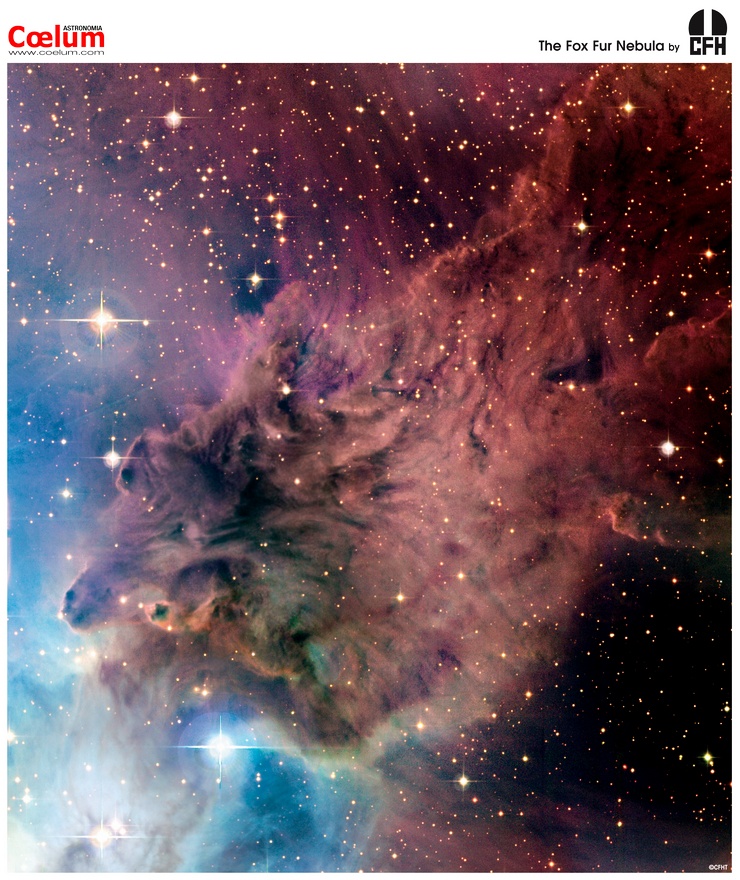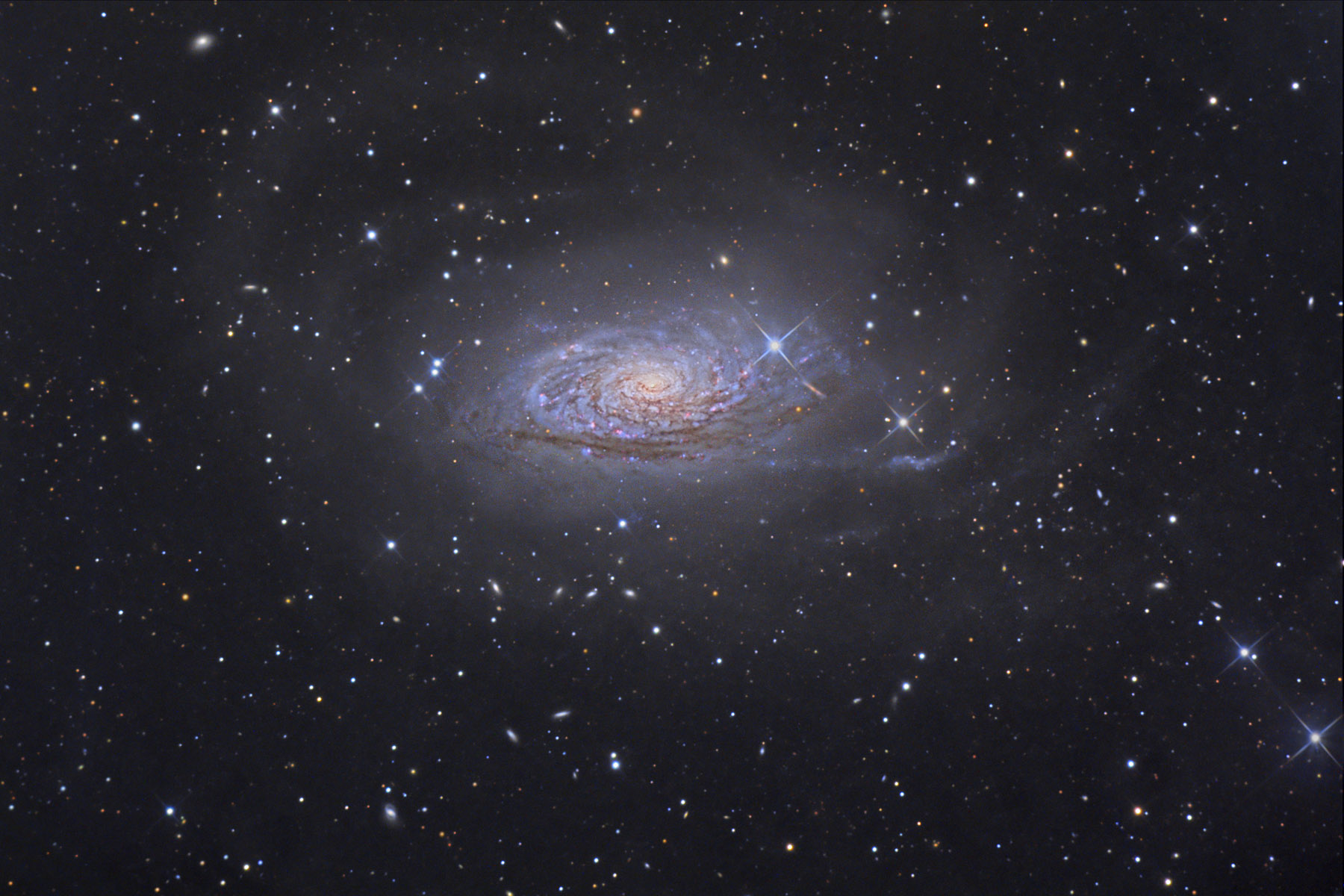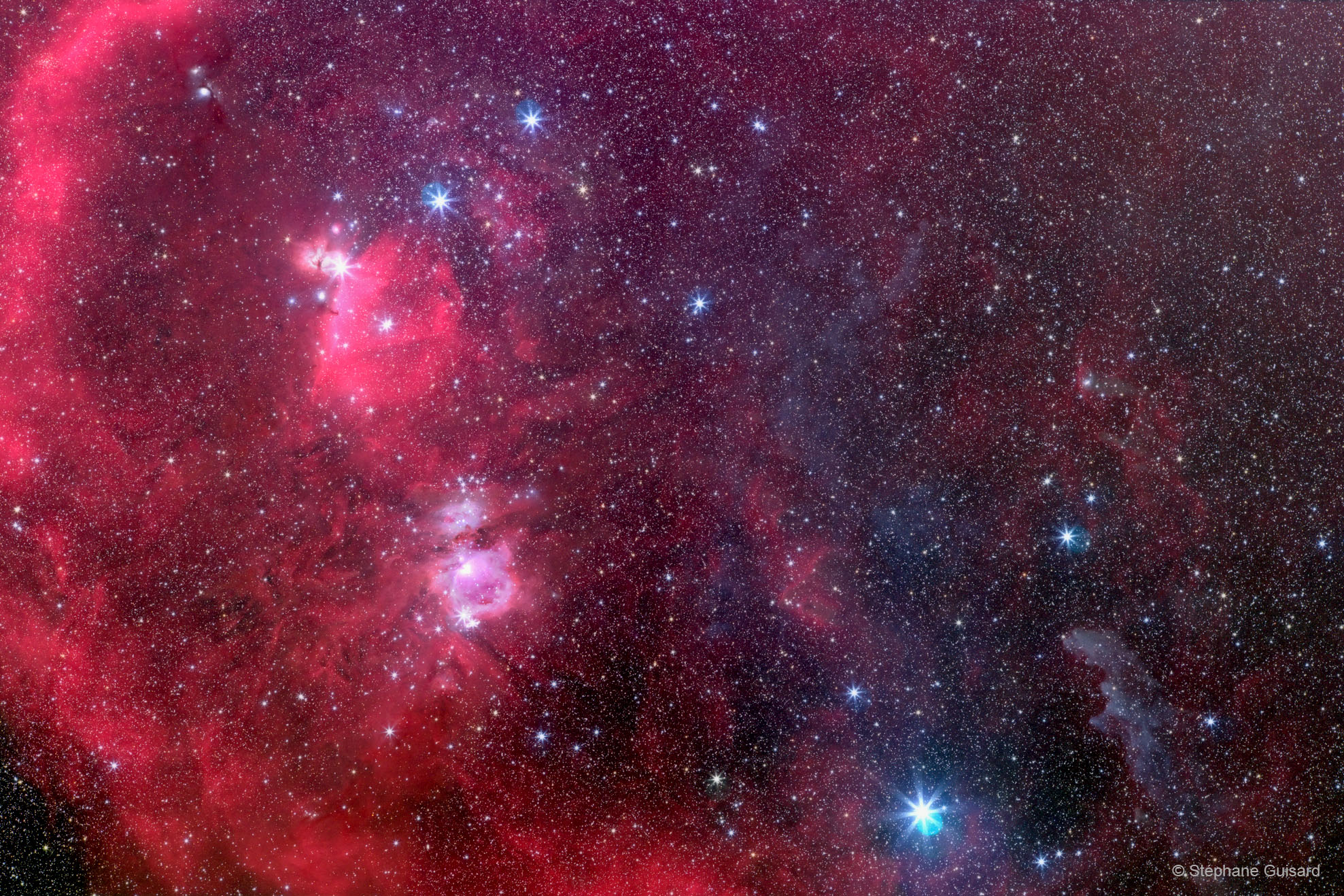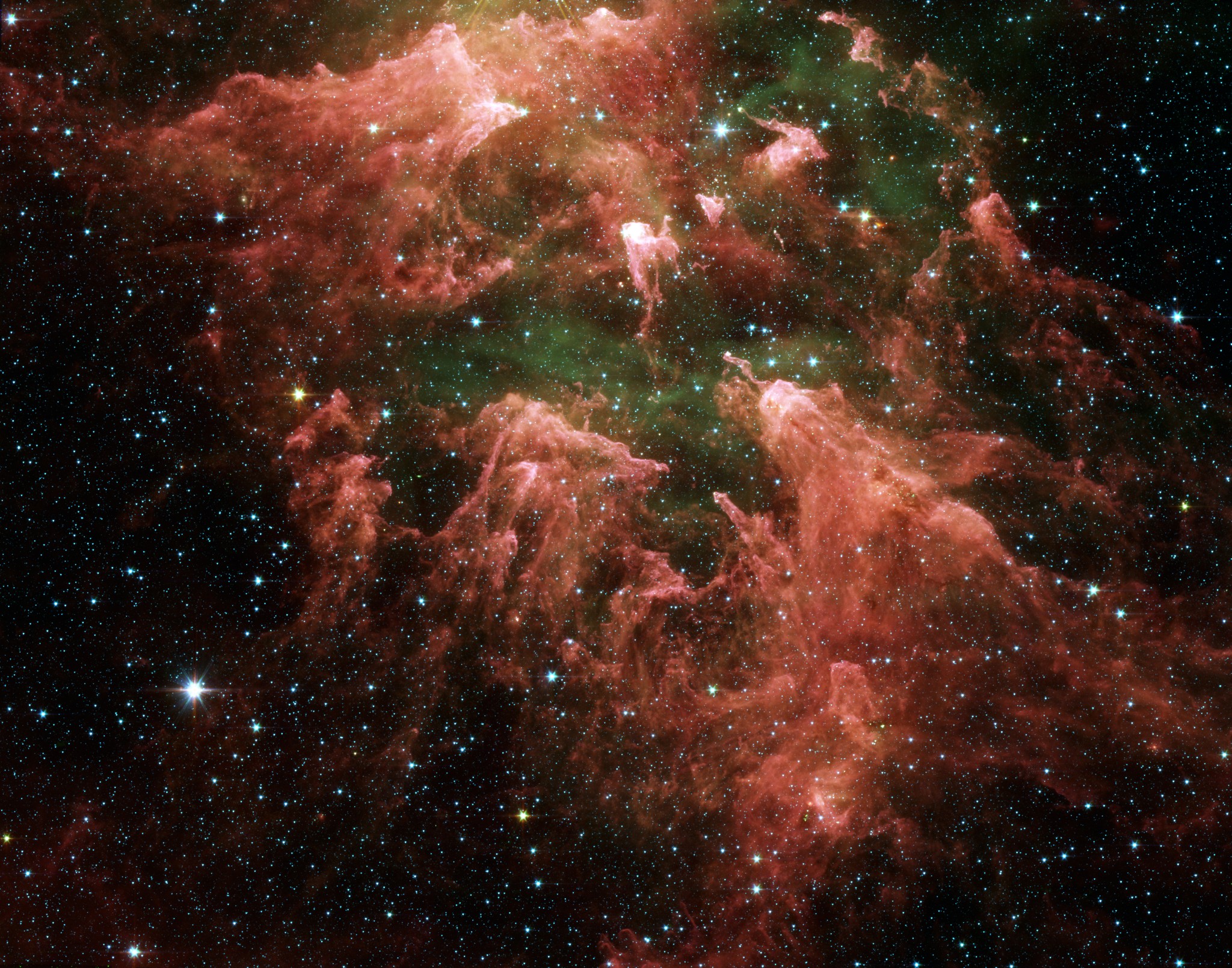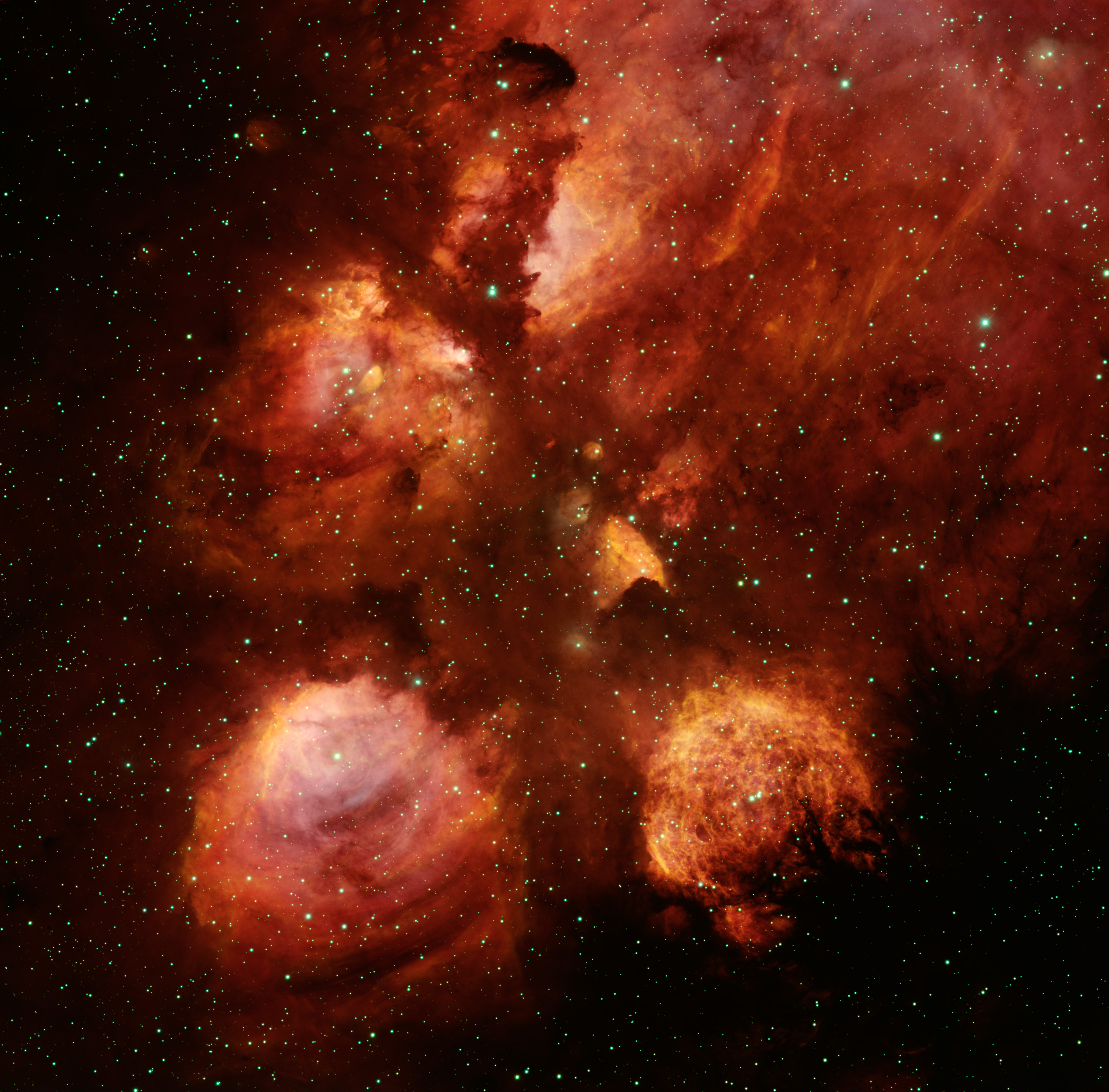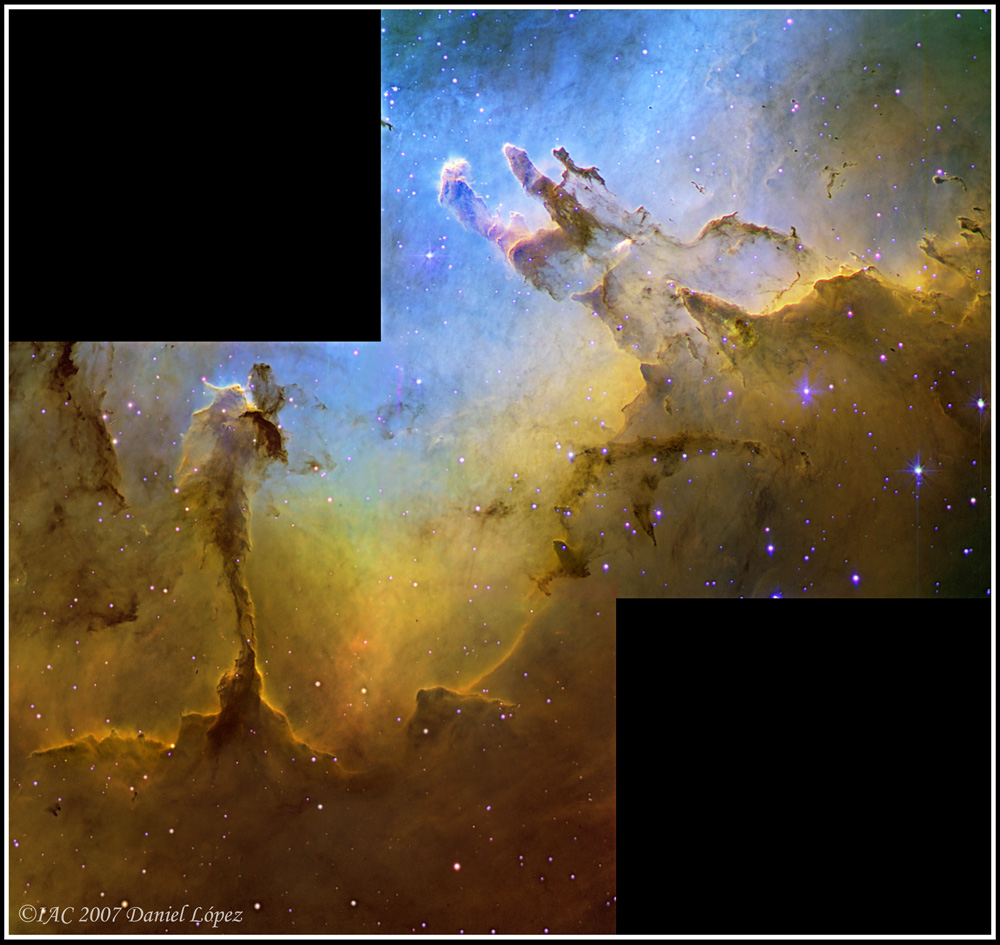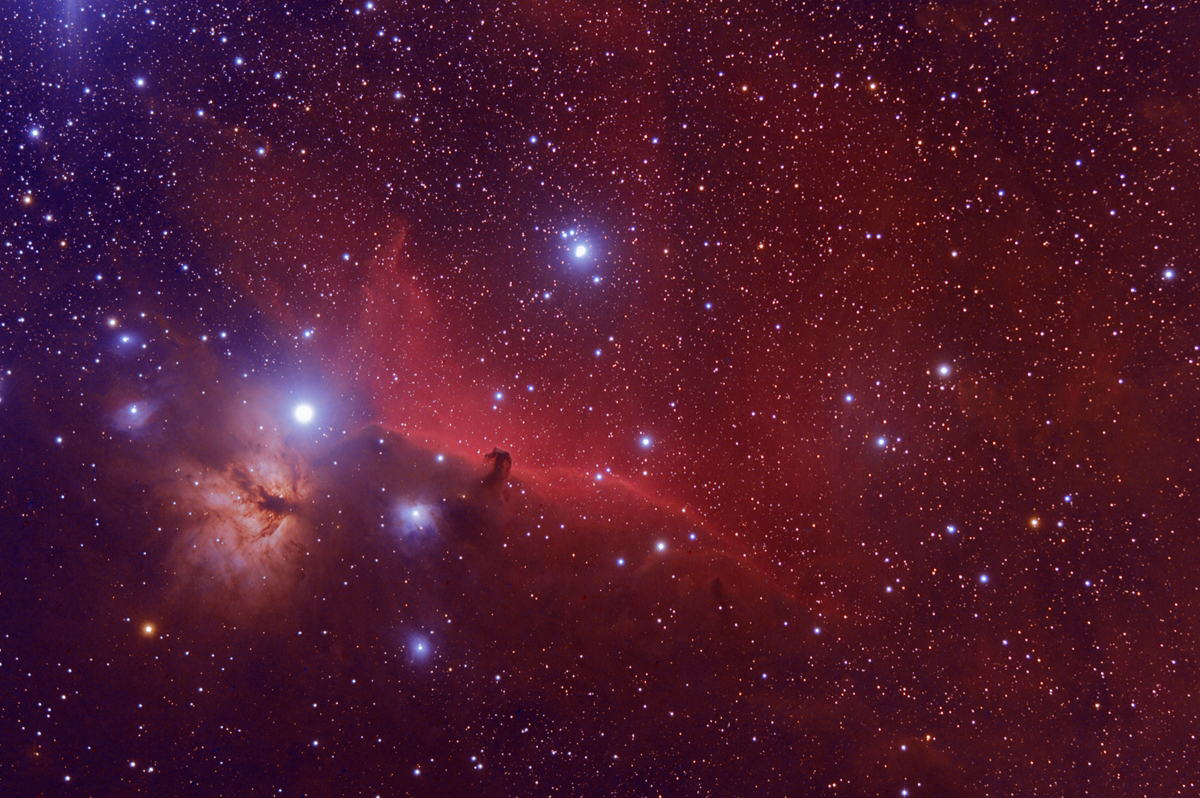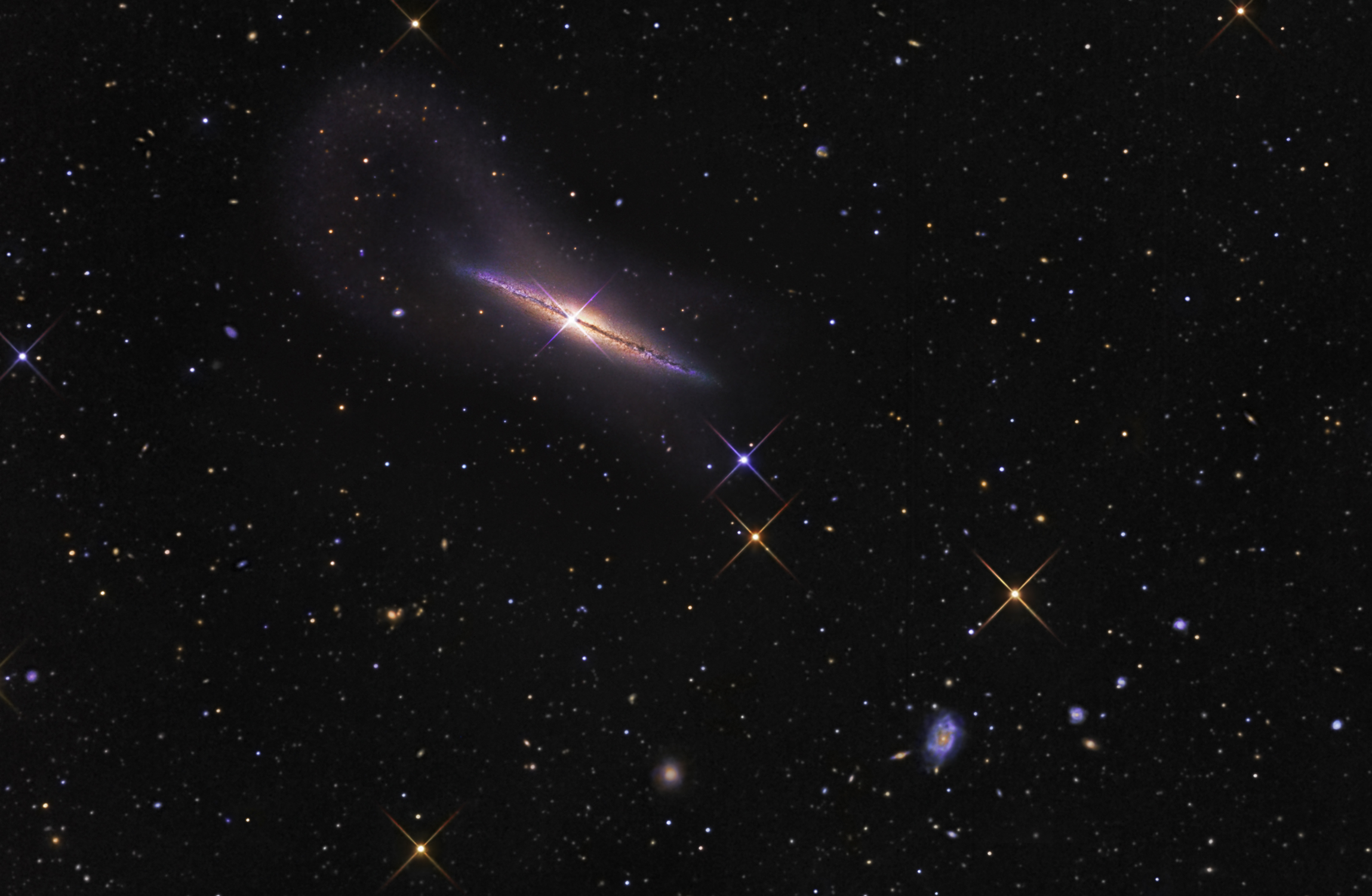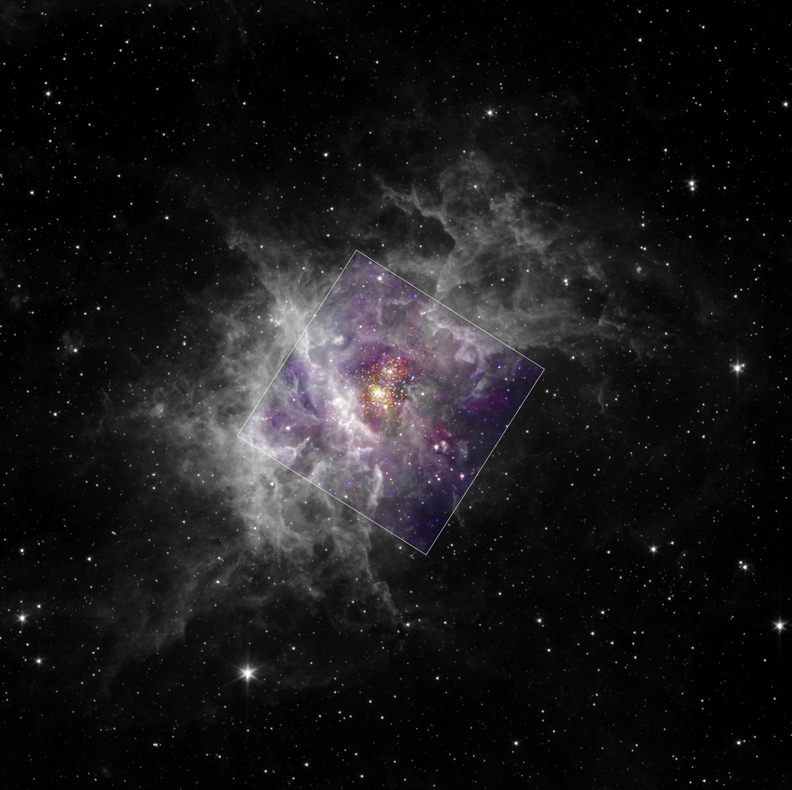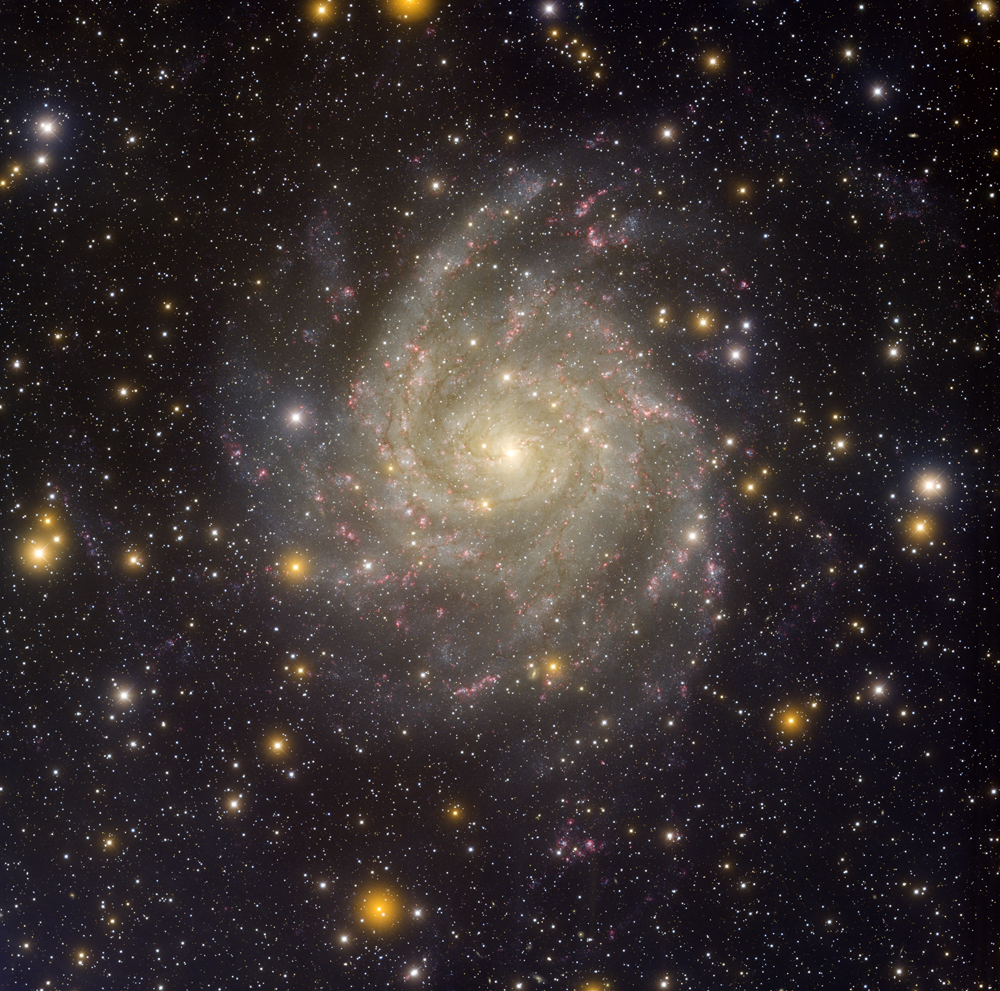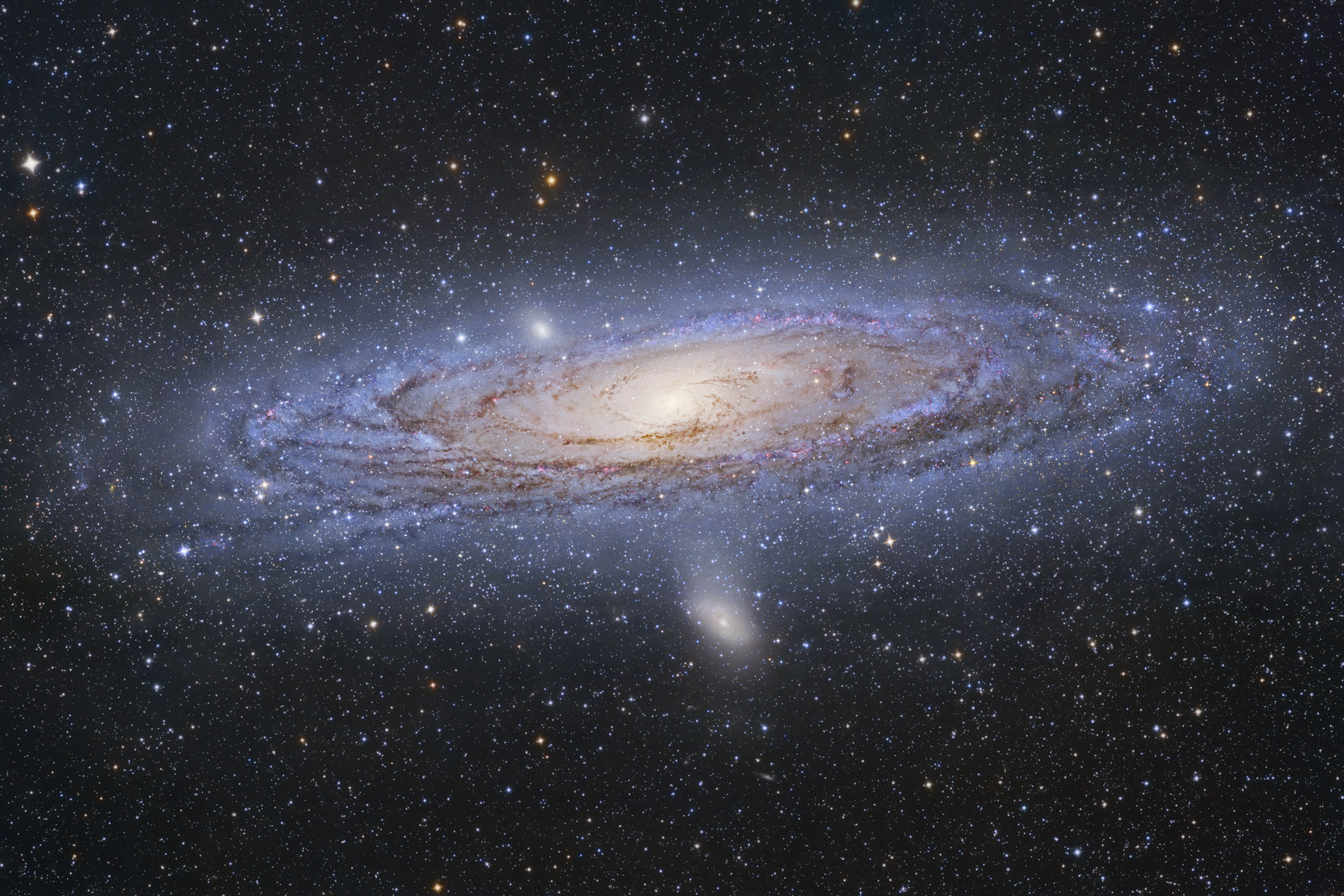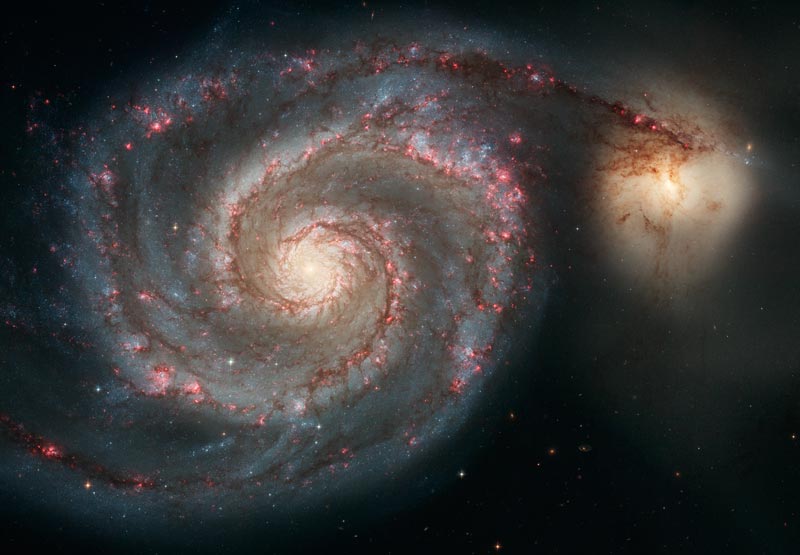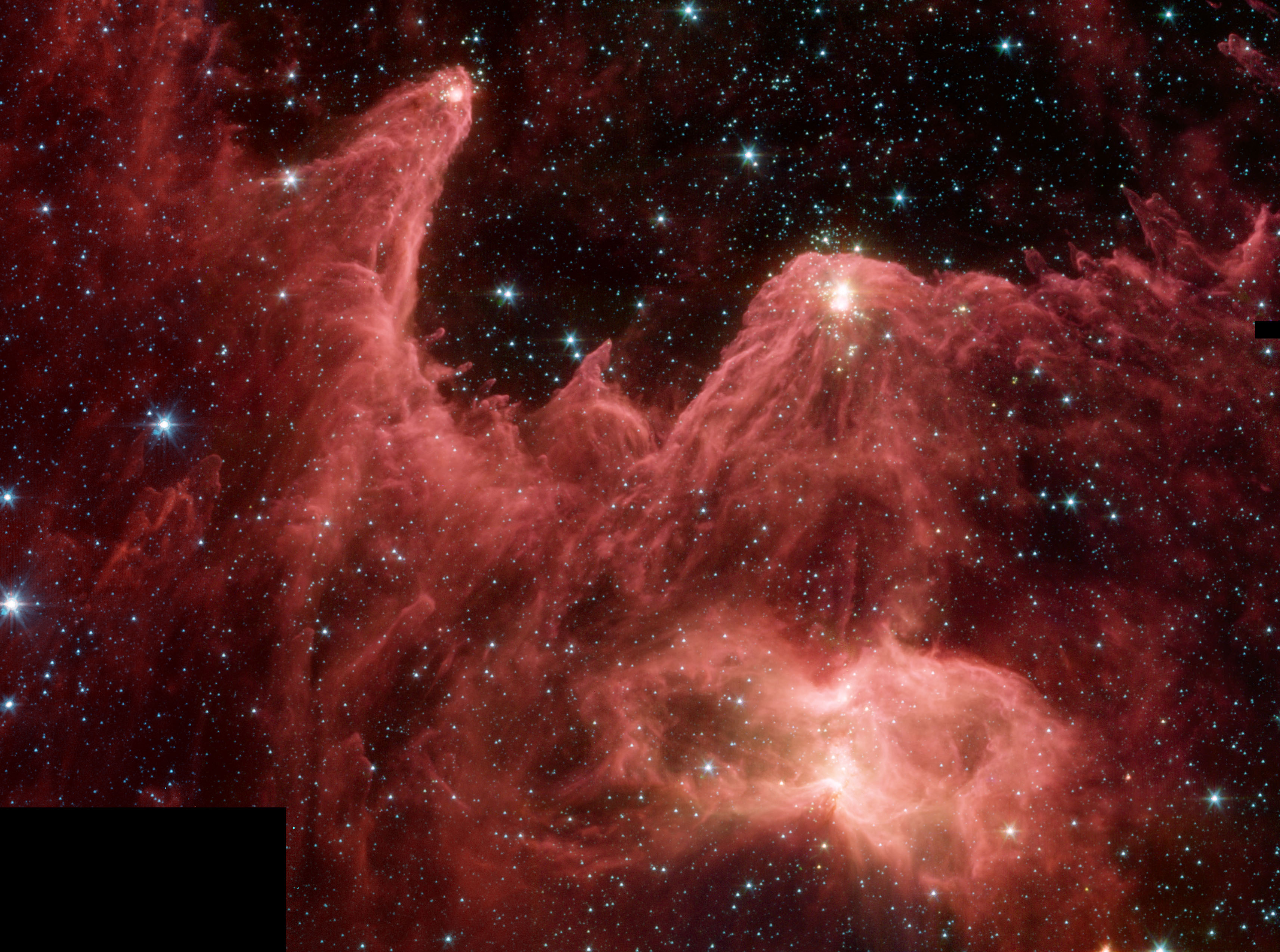Cameron Johnson
Mr. Percival
1/11/08
Period 0
Charles Messier
Born in the quaint town of
Badonvillier Lorraine, France, Charles Messier has just one out of the twelve sons and daughters of his parents in June 26, 1730. He was enrolled in school at an early age and by the age of fourteen; his interest in astronomy took off. One night he saw a six-tailed comet which spiked his interest and would be the beginning of his career in astronomy. A solar eclipse not long after only fueled his interest and would help him determine that his passion would be astronomy. Messier decided to travel to Paris in October of 1751 where he found employment with the navy mainly because of his penmanship. While at sea, he kept detailed drawings of the nighttime sky as well as mapped the coast line of China. Messier later found habitual employment in the navy as a Depot Clerk in 1754.
In 1758, Messier spotted Halley’s Comet that was expected to appear again during sometime that year. However, a couple months previous to this spotting, a German farmer discovered that comet which only fueled Messier to discover additional comets. In 1764, he discovered the comet again and for fifteen years, he would be credited with the most comet discoveries during that time period. His observations did not solely focus on comets during this time as eclipses, sun spots on the Sun, and
nebulae greatly interested him. One of his most important discoveries came in 1758 where he discovered M1, the Crab nebula. This would be the first in hundreds of
nebulae that would be discovered and observed by him throughout his lifetime. Four years later, he discovered the globular cluster located in the constellation of Aquarius. Messier was determined to catalog as many M objects as possible in his lifetime. As 1764 approached its final few months, Messier discovered the Dumbbell, Hercules, Andromeda, Omega, and
Trifid nebula's and galaxies. This was quite an accomplishment and allowed him the recognition he wanted while in France’s Navy. His goal was to make his catalog as complete and well detailed as possible so he would be known for his crucial contributions in astronomy.
By 1769, Messier’s astronomical list reached an impressive forty-five objects some of them including the
Pleiades,
Praesepe, Sirius, and the position of the previously discovered Orion nebula. During the next year, Messier was accepted to the Royal Academy of Sciences. Most of these object’s discovery was the result of following and observing the paths of comets that intrigued Messier. As these comets passed across the sky, it would give him the ability to spot galaxies and
nebulae that could not have been previously observed which is why cataloging the comets during the year was so crucial to his work. The year 1880 brought the list to sixty-eight objects which were published in the French almanac. His work quickly spread and he finally got him recognized as a top researcher in his field. The telescope of his choice was the Gregorian reflector which was one of the most accurate telescopes of his time. In 1781, Messier’s rival, Pierre
Mechain, observed thirty-two objects that have never been recorded so Messier pinpointed their location and added them to his list. Charles Messier’s list reached an amazing one hundred with detailed descriptions and locations by 1790. During that same year, Messier took a nasty fall, leaving him with several broken bones and the inability to do anymore observations until a year had passed. Two years after he resumed observations, his complete list was published and was the reference book to many future astronomers who had the same passion he had. However, the early 1790s brought about rough times for Messier with the economy in shambles as well as a revolution underway. Messier found himself unemployed and struggling to make ends meet. In 1793, he made his last discovery of a comet and was finally nominated into the Academy of Sciences and then received a very prestigious award from Napoleon Bonaparte named the Legion of Honor. On April 12, 1817, Charles Messier passed away at the age of 86 leaving amazing accomplishments in the field of astronomy that would helped the world understand space and the objects that occupy it.
http://seds.lpl.arizona.edu/messier/xtra/history/CMessier.htmlhttp://adsabs.harvard.edu/full/1902AnHar..38....1Bhttp://seds.org/~spider/http://www.hawastsoc.org/messier/index.html


